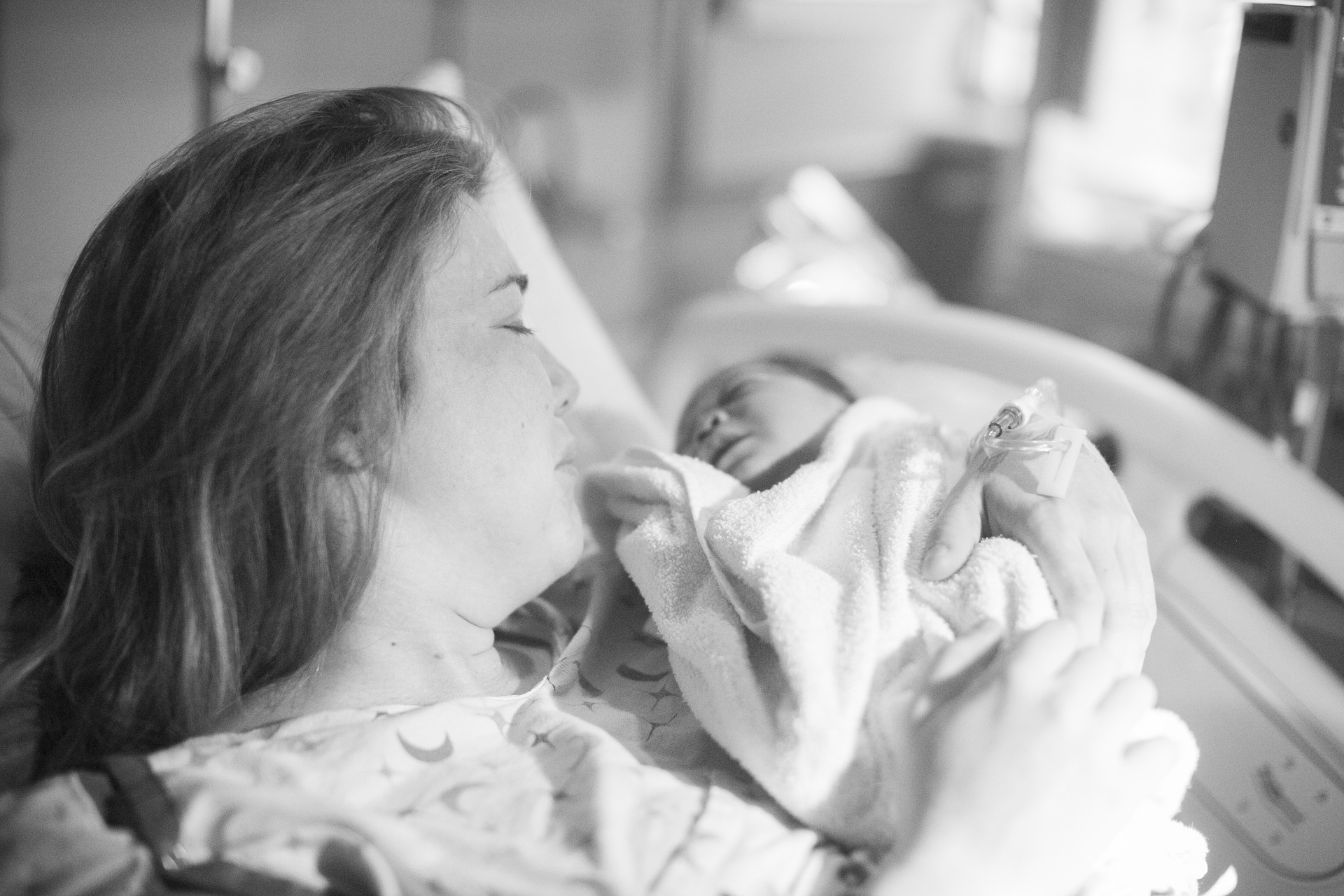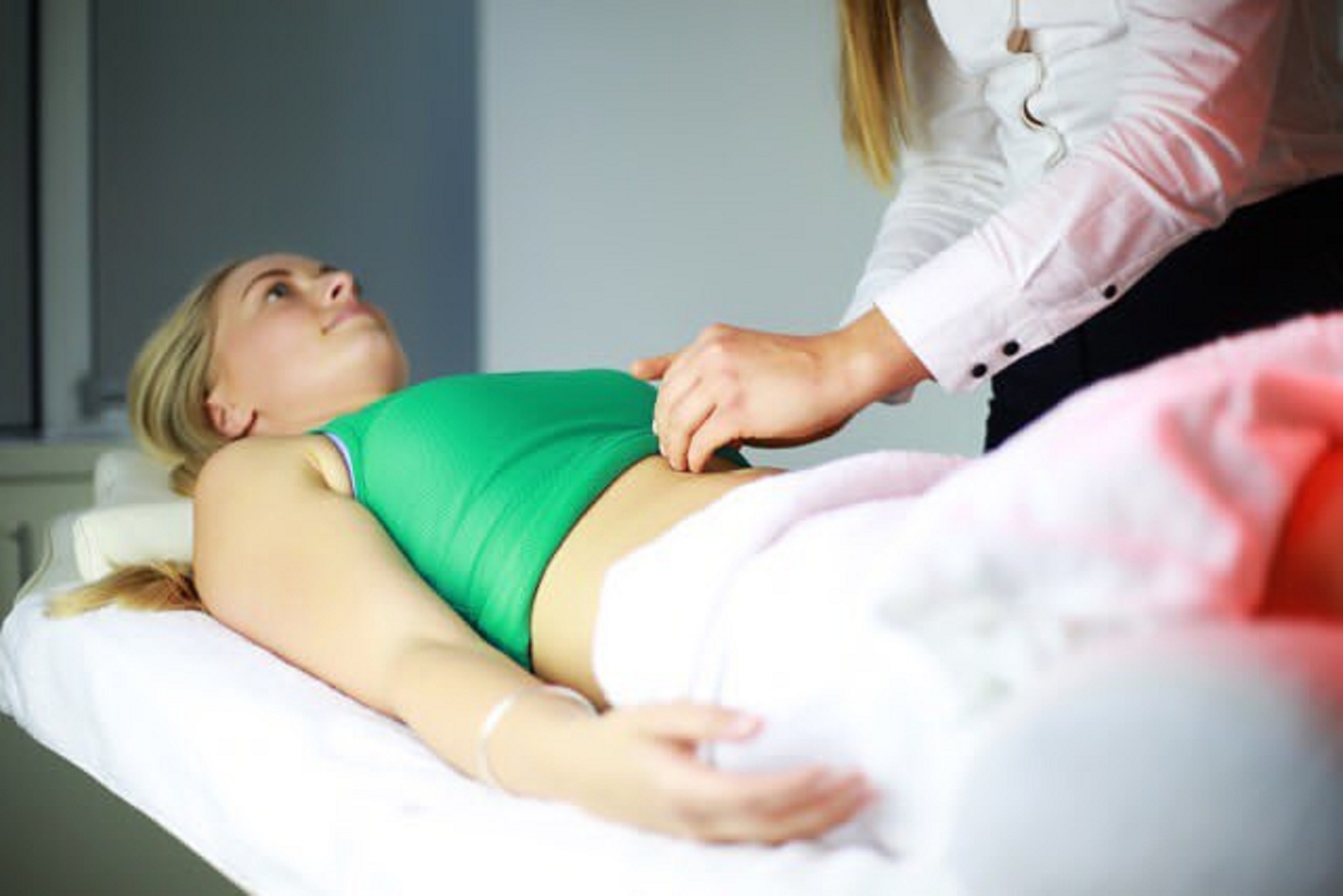Transvaginal Laser Treatment
Professor Barry O'Reilly pioneered the introduction of transvaginal laser therapy for female pelvic floor issues in Ireland, to ensure that this innovative treatment was being offered by an appropriately trained specialist. He is currently the only fellowship trained urogynaecologist in the country, to offer this highly specialised form of therapy.
Transvaginal laser treatment is a simple non-surgical procedure, mainly aimed to rebuild and restructure damaged tissue of the vagina walls through collagen and elastin recovery stimulation. These fibres play an essential role in sustaining and structuring the vaginal tissue since they are part of its shallower layer.
The therapy has been featured in national newspapers and other media. Journalist, Áilín Quinlan of the Irish Independent, interviewed Prof. O'Reilly for an article in July 2018, which also featured the experiences of two of his patients. .
Below you can read an excerpt which focuses on Emma's story. (The full article can be read at: 'It was mortifying' - The embarrassing issue suffered by hundreds of thousands of Irish women every day)
Encouraged, Emma saw her GP, who referred her to Prof. O'Reilly.
"I had a range of test and scans and it was decided that there was a weakness in the bladder," she says. "I discussed it with my consultant. I could go for either the sling or have laser therapy.
"I chose the laser therapy in the end because it's so much less invasive. I had the first two sessions over May and June of this year, and so far have noticed a significant improvement. I'll be having my final laser treatment this November."
"I can laugh without leaking now, but I'm still trying to build my confidence because you become so used to having to deal with the problem it takes a while to relax and remember that it has been sorted. I am told my condition will probably improve even further.....I was putting up with this problem for the last 14 years and I think half the problem is that as women we are expected to accept something as a woman's problem rather than to do and do anything about it because it 'part of life'."
This page describes what each condition is, its causes and treatment, in a straightforward manner. At the end of the page, you can also find a selection of patient information leaflets for the transvaginal laser treatments and a link to the FAQs section.
Some factors that can cause weakening of vaginal tone:
Natural ageing: the passing of years inevitably produces collagen loss in every tissue of a woman´s body, including the vaginal wall.
Menopause: the menopause results in a decrease of hormones, especially oestrogen, which have a direct influence on muscles' tone, especially in the genital-urinary tract.
Surgical procedures: Vaginal repair surgery can often result in further scarring of the vagina and may not be appropriate in cases of vaginal laxity.
Childbirth: the vagina is supposed to dilate to allow the baby´s passage, which translates into an extreme expansion from which it may not return to its original structure. Several pregnancies and childbirths are worsening factors.
Obesity: similar to pregnancy, increased weight and fat tissue can affect the expansion of the body tissues. Furthermore, obesity increases the pressure on the abdominal and pelvic organs.
Smoking: among all the harmful consequences of smoking, the decrease in the amount of oxygen supplied to the skin makes it age between 10 and 20 years prematurely. Obviously, this has a negative affect on the muscle tone and the vagina.
Hysterectomy: prior hysterectomy can disrupt the function and support of the urethra and bladder, increasing the chances of developing urinary stress incontinence and other associated conditions.
Possible medical conditions
The stretching of the vaginal wall tissue results in straining of collagen and elastin in this area, which can lead to vaginal relaxation syndrome (VRS), stress urinary incontinence (SUI), and pelvic organ prolapse (POP).
Laser treatment can relieve these conditions or symptoms in women and will restore to the vaginal tissue its original elasticity and contractility. This is especially important for women to maintain a healthy sex life avoiding irritation, lack of lubrication, and/or burning sensation.
Vaginal relaxation syndrome (VRS)
Vaginal relaxation syndrome, also known as vaginal laxity, is when the inner diameter of the vagina's wall increases. This often leads to a loss of friction for both the woman and her partner, which results in a decrease in sexual satisfaction. This can affect both self confidence and body image.
Vaginal relaxation is most often caused because the vaginal wall was overstretched during childbirth. The condition can increase according to the number of births. It can also be caused by ageing, as well as congenital connective tissue weakness.
Until recently, this condition could only be treated effectively by invasive surgery, with procedures such as anterior vaginal plastic surgery and posterior vaginal plastic surgery. These surgical treatments have had many post operative complications associated with them.
Treatment:
IntimaLase® is a unique, Er:YAG laser therapy for incisionless, non-invasive photothermal tightening of the vaginal canal. Clinical studies have shown that IntimaLase is an efficient, easy-to-perform, and safe procedure.
Vaginal Atrophy/GSM (genitourinary syndrome of menopause)
Vaginal atrophy or GSM is quite a common condition, affecting many women after their menopause. Vaginal atrophy is the drying and thinning of the vaginal walls. It often occurs after menopause due to a lack of hydration in the vaginal cells, along with the fact that the woman's body may not be able to produce sufficient oestrogen. It can cause inflammation, drying and thinning of the vagina. This condition can be quite uncomfortable and can cause also result in recurrent urinary tract infections.
Vaginal atrophy may also present during perimenopause (the years that lead up to the menopause). It can be triggered by hormonal cancer treatments, chemotherapy and pelvic radiotherapy. Additionally it may occur after surgical removal of both of the ovaries and smoking. It can also be caused by underlying conditions such as Sjorgen's syndrome and diabetes.
It may happen at any age, although it is estimated that approximately 50% of post-menopausal women experience GSM. As vaginal atrophy is not often discussed, many women accept it as an effect of the menopause, so they don't seek treatment and suffer in silence.
GSM symptoms can include:
- Dryness of the vagina
- Discharge
- Itchy and red genitalia
- Urinary incontinence
- Feeling an urgent need to urinate
- Burning sensation
- Discomfort or bleeding after intercourse
- Pain during intercourse, due to less lubrication
- Shortening and tightening of the vaginal canal
Treatment:
RenovaLase® is an innovative, unique and non-invasive 2940 nm Er:YAG laser therapy to treat the symptoms of vaginal atrophy. It is based on non-ablative photo-thermal treatment of the vaginal canal.
Stress urinary incontinence (SUI)
This condition is characterised by involuntary urine leaks occurring with daily events such as laughing, sneezing, coughing, getting up from a chair or some kind of physical effort like going up and down the stairs, heavy lifting, and jogging.
This problem appears to be due to the loss of strength of the urethral closure mechanism. Being overweight, ageing, and childbirth are factors that increase the probabilities of developing this condition, by putting more pressure on the bladder during simple activities. This condition can impact the patient's daily activities as well as affecting their self-confidence.
Treatment:
IncontiLase® is a non-invasive Er:YAG laser therapy for the treatment of mild and moderate stress urinary incontinence, based on non-ablative photothermal stimulation of collagen neogenesis, shrinking and tightening of vaginal tissue and collagen-rich endopelvic fascia, and subsequently greater support to the bladder.
Pelvic organ prolapse (POP)
Also referred to as vaginal or uterine prolapse, this is a medical condition in which the pelvic organs partially or totally descend from their regular location. This is a specific type of pelvic floor disorder, caused by damaged muscles or tissues that support the pelvic organs.
Vaginal childbirth, pregnancy, and menopause make POP more evident due to the thinning of the vaginal surface, the expansion of the vagina, and the consequent loss of vaginal wall muscle tone.
Although many women are asymptomatic , some of POP's physical symptoms include recurring UTI, SUI or difficulty to urinate, constipation and vaginal discomfort .
Treatment:
ProlapLase® is an innovative and unique non-invasive Er:YAG laser alternative for the treatment of POP. It utilises the gentle, nonablative photothermal effects of Fotona’s SMOOTH mode to tighten the tissue and contract the vaginal canal.
How does transvaginal laser treatment work?
This incision-less treatment is really simple. Laser energy is smoothly supplied to the vaginal wall, inducing collagen regeneration. For this, a special speculum-like device is introduced in the vagina, causing a tightening of its cavity and strengthening the vaginal walls.
This laser has a heating effect on collagen located in the vaginal walls, which are subjected to laser pulses, remodelling the tissue fibres and stimulating the production of new collagen. The treatment encourages the healing response and improves moisture levels, restoring flexibility.
Advantages of transvaginal laser treatment
The transvaginal laser treatment is the only proven technology with a success rate of up to 90%, with no collateral damage to the vaginal surface, due to its precision and photothermal effect with wavelengths of high water absorption.
The procedure involves no cutting, bleeding nor stitching, resulting in a minimally invasive approach that takes approximately 20 minutes with immediate long-lasting results in terms of contractility and tightening.
The patient can instantaneously go back to their normal routine and no recovery time is required since anaesthesia and antibiotics are not part of the procedure, and neither is pain. Also, the strength improvement helps to support the pelvic organs with the recovery of normal continence function and a subsequent greater sexual satisfaction.










